We put the Motorola Edge 40 Pro through our rigorous DXOMARK Audio test suite to measure its performance both at recording sound using its built-in microphones, and at playing audio back through its speakers.
In this review, we will break down how it fared in a variety of tests and several common use cases.
Overview
Key audio specifications include:
- Two speakers (Top left and bottom right)
- No Jack audio output
- Dolby Atmos technology
Scoring
Sub-scores and attributes included in the calculations of the global score.
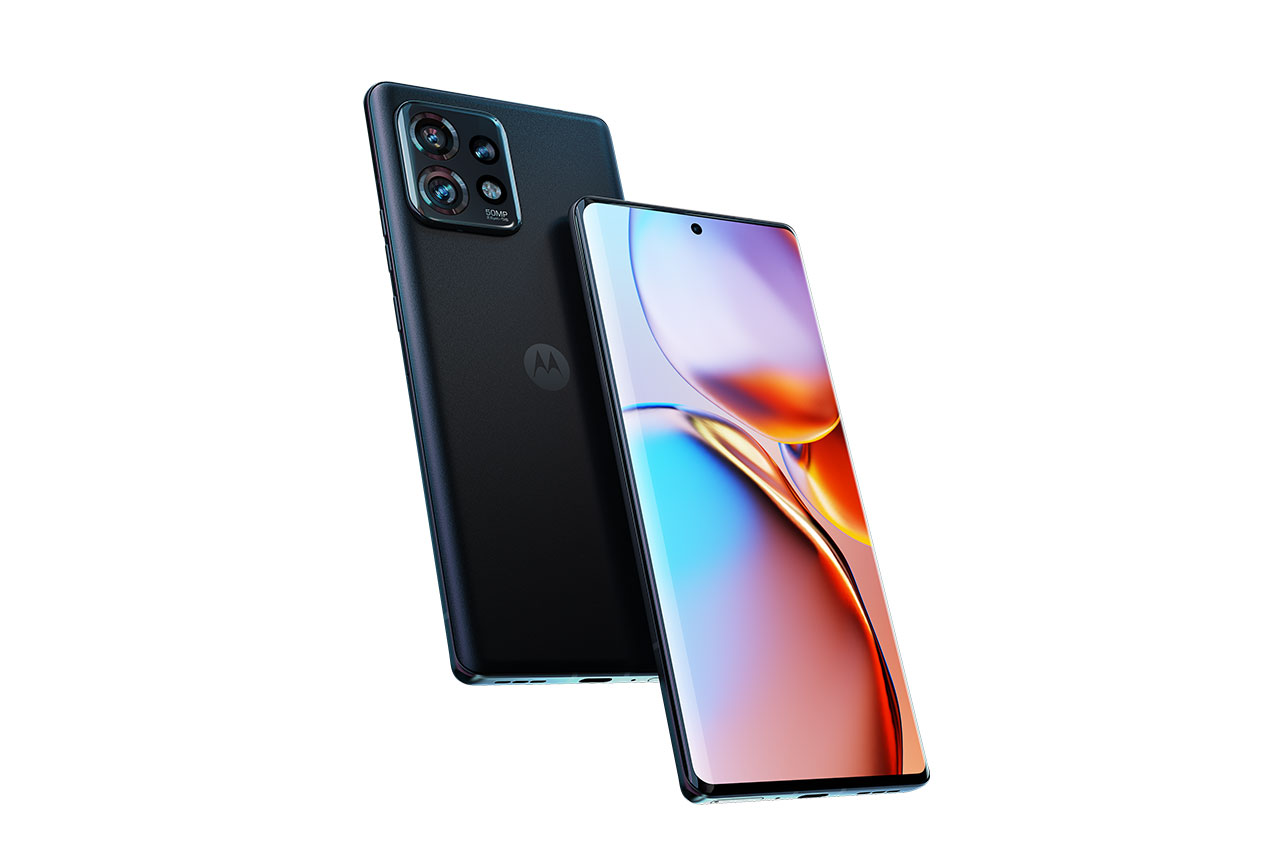
Motorola Edge 40 Pro


 130th
130th 71st
71stPlayback
Pros
- Decent punch, even at soft volume
- Accurate and precise localizability
- Good distance rendition
Cons
- Poor tonal balance, too much focus on midrange
- Strong distortion and compression at maximum volume
- Poor dynamics performance
Recording
Pros
- Not too sensitive to hand occlusions or finger noises
- Very loud recordings
- Decent spatial performance
The Motorola Edge 40 Pro delivered a fairly underwhelming performance overall. Most notably, the sound signature was quite unpleasant and aggressive in both audio playback and recording. In playback, the Edge 40 Pro was most suited for gaming and watching movies, but showed poor results in the music use case. The device had accurate localizability of individual sound sources and good distance rendition, but the tonal balance and dynamic performance were poor.
In recording, the Edge 40 Pro performed on a similar level across all apps used for testing. The recordings were very loud and hardly affected by wind or finger noises. However, the tonal balance was unpleasant and both compression and distortion were often very noticeable.
Test summary
About DXOMARK Audio tests: For scoring and analysis in our smartphone audio reviews, DXOMARK engineers perform a variety of objective tests and undertake more than 20 hours of perceptual evaluation under controlled lab conditions.
(For more details about our Playback protocol, click here; for more details about our Recording protocol, click here.)
The following section gathers key elements of our exhaustive tests and analyses performed in DXOMARK laboratories. Detailed performance evaluations under the form of reports are available upon request. Do not hesitate to contact us.
Playback
Motorola Edge 40 Pro
163
DXOMARK engineers test playback through the smartphone speakers, whose performance is evaluated in our labs and in real-life conditions, using default apps and settings.
In the playback tests, the Edge 40 Pro delivered a poor timbre performance. The tonal balance sounded aggressive, which was mainly due to a harshness zone in treble and a piercing resonance. Midrange was fairly decent, but it lacked clarity and fullness. Bass was inconsistent and weak. Dynamics left some room for improvement as well. Attack felt blurry at nominal volume, and while bass precision and punch were decent at nominal volume, at maximum volume all three dynamic attributes — attack, punch and bass precision — suffered noticeably at maximum volume.
The Edge 40 Pro speakers offered decent wideness and quite accurate localizability of individual sound sources in the sound scene. While distance rendition was good, the sound scene lacked depth. Our experts found both the minimum and maximum volume settings to be loud enough, and volume distribution was very consistent. In terms of unwanted audio artifacts, our testers noticed strong distortion and significant compression at maximum volume. They also found the timbre to be impaired by aggressive treble resonance, even at nominal volume. In most hand positions, the built-in speakers were not easily occluded, however.
Listen to the tested smartphone’s playback performance in this comparison with some of its competitors:

Timbre
Motorola Edge 40 Pro
158
The Timbre score represents how well a phone reproduces sound across the audible tonal range and takes into account bass, midrange, treble, tonal balance, and volume dependency. It is the most important attribute for playback.

Dynamics
Motorola Edge 40 Pro
149
The Dynamics score measures the accuracy of changes in the energy level of sound sources, for example how precisely a bass note is reproduced or the impact sound from drums.
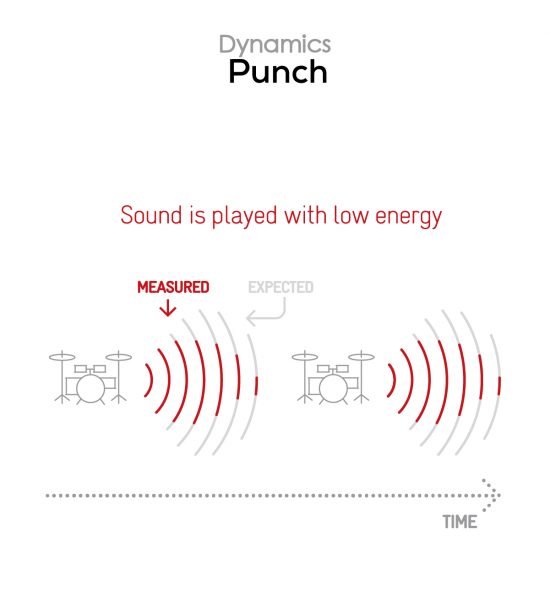


Spatial
Motorola Edge 40 Pro
162
The sub-attributes for spatial tests include pinpointing a specific sound's location, its positional balance, distance, and wideness.
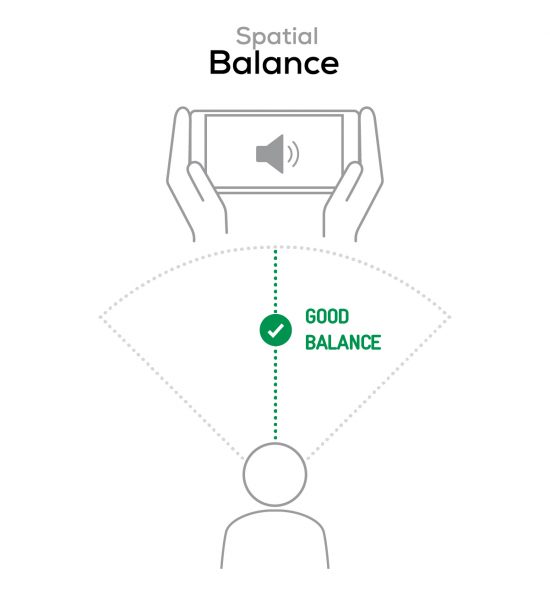
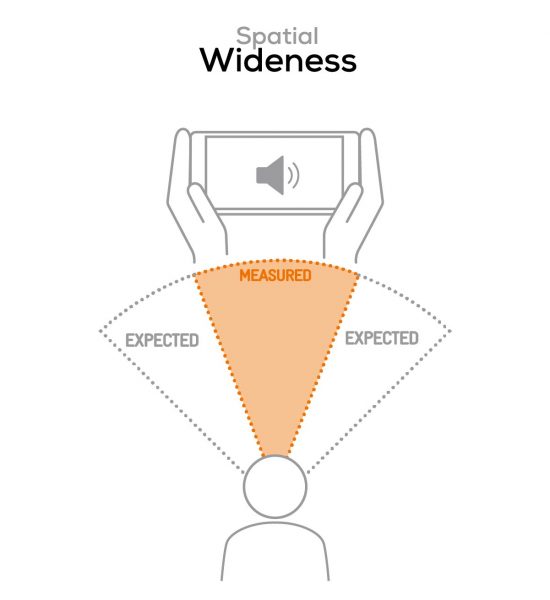

Volume
Motorola Edge 40 Pro
162
The Volume score represents the overall loudness of a smartphone and how smoothly volume increases and decreases based on user input.
| Hip-Hop | Classical | |
| Motorola Edge 40 Pro | 77.5 dBA | 71.9 dBA |
| Google Pixel 7 Pro | 73.1 dBA | 68 dBA |
| Xiaomi 13 | 73.1 dBA | 69.7 dBA |

Artifacts
Motorola Edge 40 Pro
157
The Artifacts score measures the extent to which the sound is affected by various types of distortion. The higher the score, the less the disturbances in the sound are noticeable. Distortion can occur because of sound processing in the device and because of the quality of the speakers.
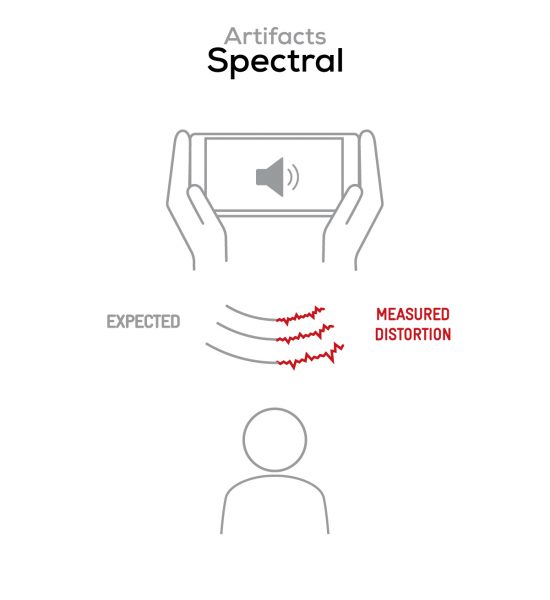

It represents the distortion and noise of the device playing our test signal (0 dB Fs, Sweep Sine in an anechoic box at 40 cm) at the device's maximum volume.
Recording
Motorola Edge 40 Pro
160
DXOMARK engineers test recording by evaluating the recorded files on reference audio equipment. Those recordings are done in our labs and in real-life conditions, using default apps and settings.
Timbre in recording was below average, with a very heterogeneous tonal balance that lacked consistency between use cases. Treble could be harsh, midrange sounded hollow, and bass was weak and inconsistent. In terms of dynamics, the signal-to-noise ratio was acceptable, but envelope rendition was inconsistent, especially when recording concerts, where compression and distortion were quite intrusive. Spatial performance was generally good, with good wideness across all use cases as well as decent localizability and distance rendering.
Volume was a strong point for the Motorola Edge 40 Pro, with exceptionally loud recordings. This said, results in the maximum loudness tests were not good, indicating that the input gain may be set too high. Our experts also found a range of unwanted audio artifacts in recording. Compression was noticeable at nominal volumes and became more intrusive at high sound pressure levels, for example when recording loud concerts. Distortion was also noticeable across all use cases but mainly affected higher frequencies. On the plus side, hand occlusions of the microphones were not an issue on the Motorola. Background performance could have been better, with the background tonal balance usually sounding harsh and intrusive.
Here is how the Motorola Edge 40 Pro performs in recording use cases compared to its competitors:

Timbre
Motorola Edge 40 Pro
147
The Timbre score represents how well a phone captures sounds across the audible tonal range and takes into account bass, midrange, treble, and tonal balance. It is the most important attribute for recording.

Dynamics
Motorola Edge 40 Pro
146
The Dynamics score measures the accuracy of changes in the energy level of sound sources, for example how precisely a voice's plosives (the p's, t's and k's, for example) are reproduced. The score also considers the Signal-to-Noise Ratio (SNR), for example how loud the main voice is compared to the background noise.

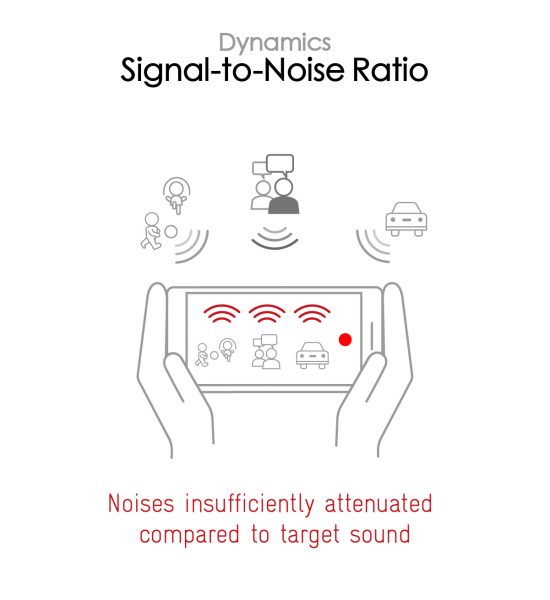

Spatial
Motorola Edge 40 Pro
159
The sub-attributes for spatial tests include pinpointing a specific sound's location, its positional balance, distance, and wideness on the recorded audio files.

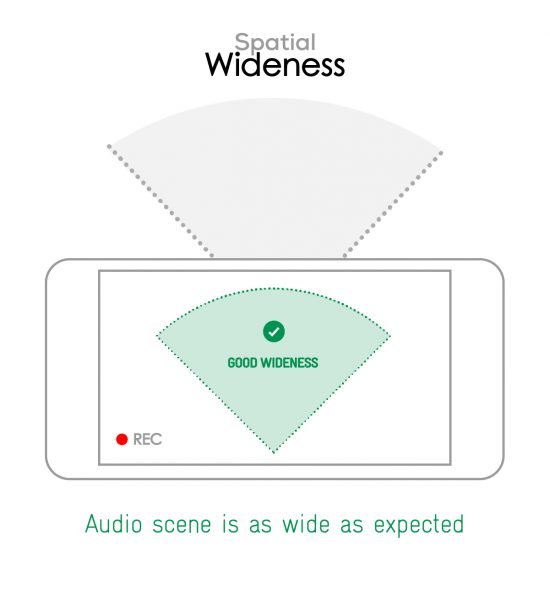

Volume
Motorola Edge 40 Pro
170
The Volume score represents how loud audio is normalized on the recorded files and the how the device handles loud environments, such as electronic concerts, when recording.
| Meeting | Life Video | Selfie Video | Memo | |
| Motorola Edge 40 Pro | -18.2 LUFS | -16 LUFS | -15.7 LUFS | -15.5 LUFS |
| Google Pixel 7 Pro | -29.8 LUFS | -19.2 LUFS | -17.1 LUFS | -22.4 LUFS |
| Xiaomi 13 | -24.2 LUFS | -22.1 LUFS | -20.3 LUFS | -19.5 LUFS |

Artifacts
Motorola Edge 40 Pro
145
The Artifacts score measures the extent to which the recorded sounds are affected by various types of distortions. The higher the score, the less the disturbances in the sound are noticeable. Distortions can occur because of sound processing in the device and the quality of the microphones, as well as user handling, such as how the phone is held.
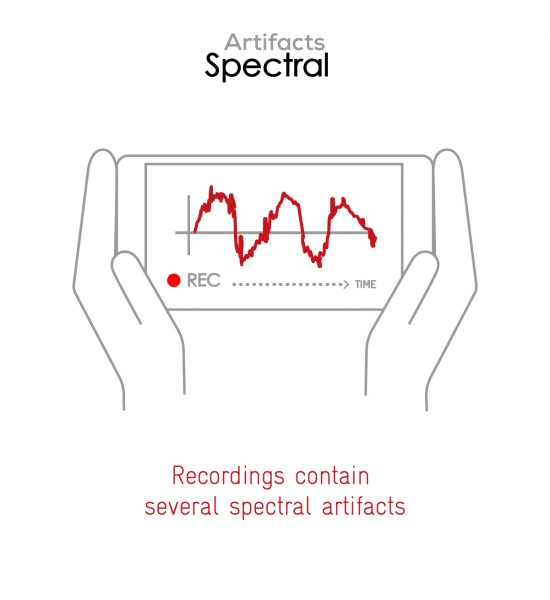

In this audio comparison, you can listen to the way this smartphone handles wind noise relative to its competitors:

Background
Motorola Edge 40 Pro
166
Background evaluates how natural the various sounds around a voice blend into the video recording file. For example, when recording a speech at an event, the background should not interfere with the main voice, yet it should provide some context of the surroundings.

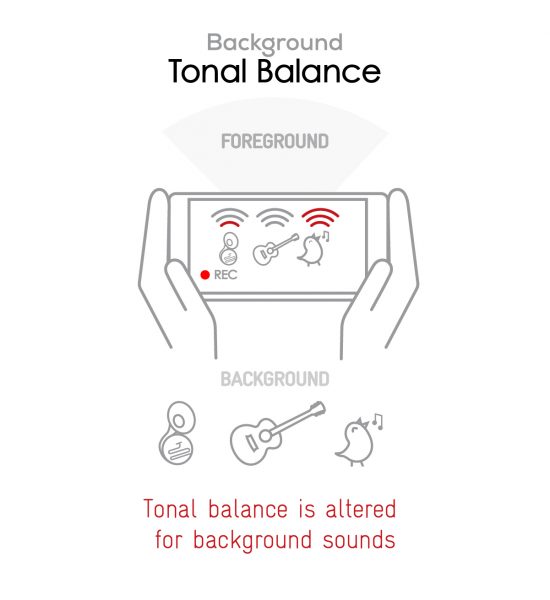


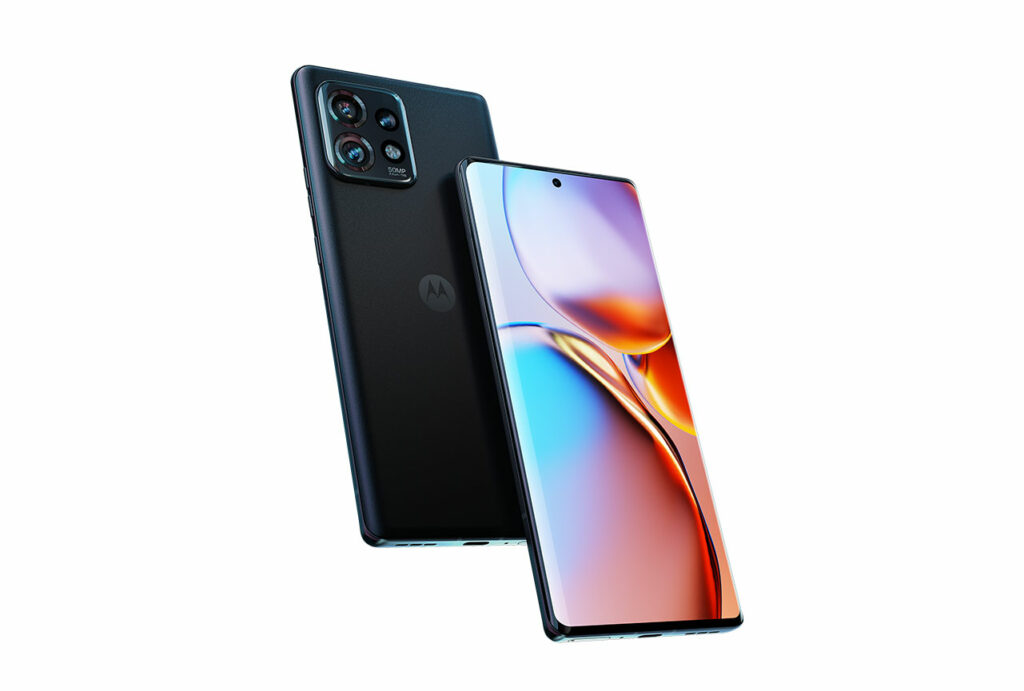
DXOMARK encourages its readers to share comments on the articles. To read or post comments, Disqus cookies are required. Change your Cookies Preferences and read more about our Comment Policy.